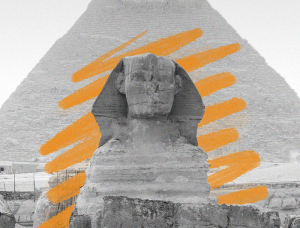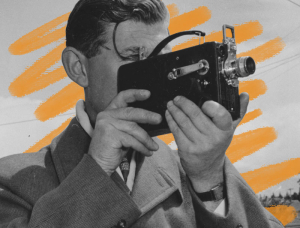The Bluetooth symbol was inspired by Old Norse runes.
Unless you’re well versed in Scandinavian history, you’ve probably never heard of Harald “Bluetooth” Gormsson, who ruled Denmark and Norway in the 10th century. His moniker is likely familiar, however, as it inspired the wireless technology of the same name. Despite “Bluetooth” being intended as only a temporary code name before the technology was unveiled in 1998, according to the official Bluetooth website, the name “caught on fast and before it could be changed, it spread throughout the industry, becoming synonymous with short-range wireless technology.” (The temporary name was originally supposed to be replaced with either RadioWire or PAN, short for Personal Area Networking, both far less distinct.)
The iconic symbol, meanwhile, is a combination of the two runes that form Bluetooth’s initials: Hagall (ᚼ) and Bjarkan (ᛒ). He received his nickname from a dead tooth that appeared a dark gray-blue color. In addition to his unique dental feature, the Viking king is best remembered for converting Danes to Christianity and unifying the tribes of Denmark in the 10th century. His name is written as Harald Blåtand Gormsen in Danish and inscribed as ᚼᛅᚱᛅᛚᛏᚱ ᛬ ᚴᚢᚾᚢᚴᛦ in the Jelling stones, two runic stones that have been called “Denmark’s birth certificate” and are considered a national symbol.







